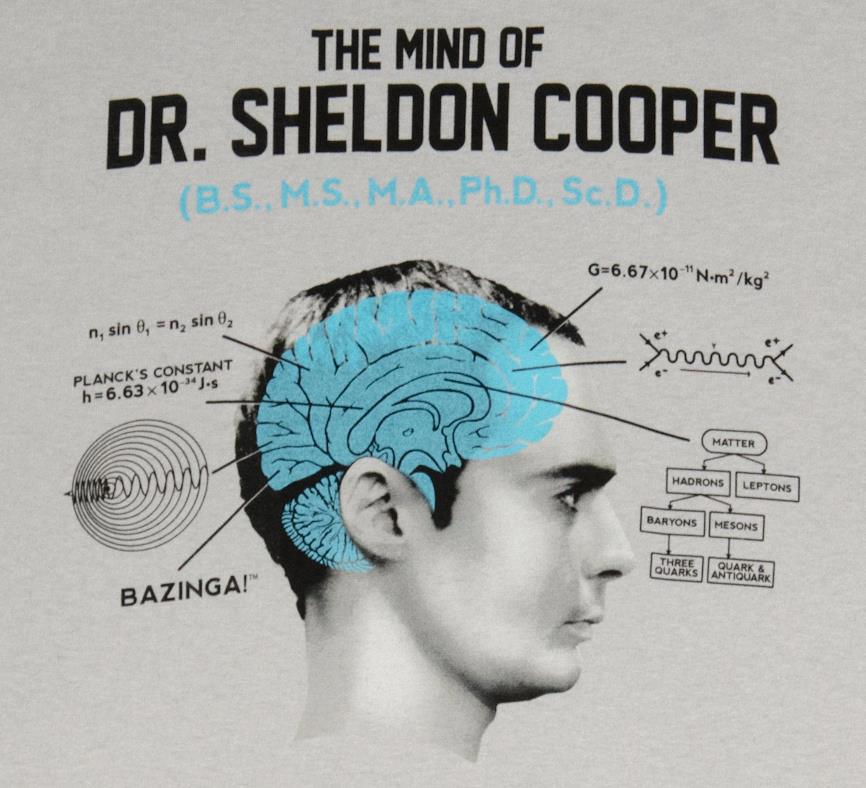


Credit: Hellingspaul/Wikimedia Commons, CC BY-SA The origin of the 21cm radio emission line: the transition from parallel spin to opposite spin in a neutral hydrogen atom. The SKA project-involving two next-generation telescopes due to be completed by the end of the decade-will likely be able to make images of the early universe, but for current telescopes the challenge is to detect the cosmological signal of the first stars re-radiated by thick hydrogen clouds. The results obtained using the SARAS3 data are a proof-of-concept study that paves the way to understanding this period in the development of the universe. Understanding the early universe, when the first stars and galaxies formed, is one of the major goals of new observatories. While we cannot yet directly observe these early galaxies, the results, reported in the journal Nature Astronomy, represent an important step in understanding how our universe transitioned from mostly empty to one full of stars. This non-detection allowed the researchers to make other determinations about the cosmic dawn, placing restraints on the first galaxies, enabling them to rule out scenarios including galaxies which were inefficient heaters of cosmic gas and efficient producers of radio emissions. Using data from India's SARAS3 radio telescope, researchers led by the University of Cambridge were able to look at the very early universe-just 200 million years after the Big Bang-and place limits on the mass and energy output of the first stars and galaxies.Ĭounterintuitively, the researchers were able to place these limits on the earliest galaxies by not finding the signal they had been looking for, known as the 21-centimeter hydrogen line.


 0 kommentar(er)
0 kommentar(er)
